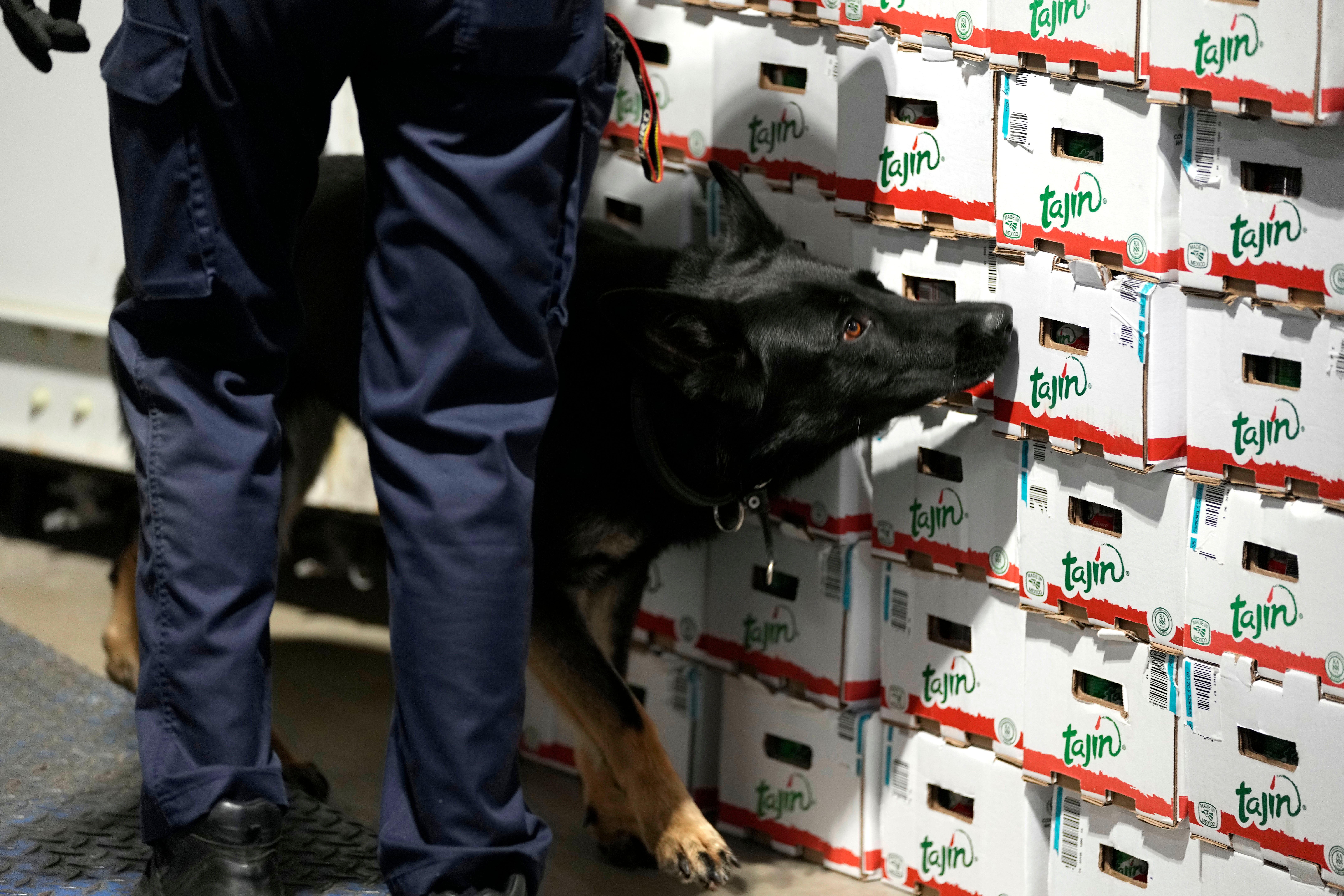Why should my children be faced with sniffer dogs and cops at the school gates?
Drugs remain a scourge, but Will Gore is conflicted about a policy that makes kids confront hard truths about life at too young an age


Do you remember Zammo? If you’re in your forties or fifties, you probably will, and with great vividness. If you’re older, the chances are you’ll recall his impact on your children; if you’re younger, you may have been bored by your older siblings or parents talking about him.
The storyline that dominated kids’ TV show Grange Hill throughout 1986 and 87 was astonishingly hard-hitting by the standards of the day. We followed Zammo – played by Lee MacDonald – as he battled heroin addiction and a descent into petty criminality, with any number of memorable moments along the way. The episode that ended with Roland finding his mate slumped in a back room at the arcade, clutching drug paraphernalia, eyes glazed, was genuinely harrowing – to me at least.
It made drugs seem painful and isolating – a shortcut to lonely despair. But while the dramatic telling of Zammo’s story felt very real, it was quite a distant reality. His character was a few years older than me, and the urban setting wasn’t exactly reminiscent of my Cambridgeshire village. Drugs didn’t seem like something that was even faintly on the agenda for me or my friends. I remember a lesson at school about the dangers of glue sniffing, and by year 11 we all knew there were a few people who were into smoking weed at the weekend. Even so, drugs seemed very remote throughout my childhood.
All this has been on my mind since my daughter came home from school one day last week and told me that she and her fellow pupils had been greeted at the gates that morning by police and sniffer dogs. An email from the school’s excellent headteacher had been sent to parents earlier in the day, explaining that this was a planned visit and something that happens from time to time. It was not a response to particular intelligence, but rather part of the school’s proactive approach to a national issue.
My daughter, 14, seemed largely unbothered by the presence of the police, and largely unsurprised at the idea that some of the older kids might be attempting to bring narcotics into school. She has learnt about drugs during life-skills lessons in a way that I never did. Maybe that level of understanding is a good thing – but it’s hard not to feel that it’s just another difficult reality that children must be forced to confront and deal with.
Another one is the prospect of an intruder on the school site. When they last did a drill, my daughter’s class happened to be in the middle of a music lesson. Once the teacher had closed the blinds and locked the door, the kids took cover – with the boys proving their gentlemanly credentials by bagging the best spots under tables next to the walls. Three pupils hid behind a piano; two more sought refuge behind a double bass.
I’ll be honest, the thought of my child seeking protection from an imagined shooter behind a trombone or a banjo does make me chuckle. It also makes me grateful that we don’t live in the US. But as with the drugs sweep, it leaves me conflicted about the importance of preparedness versus the potential for making children more frightened about the world than is necessary.
Then again, the stats may point to an educational policy that is working. The most recent survey of drug use among secondary-age children found that 18 per cent had ever tried illicit drugs, down from 24 per cent in 2018. Six per cent had taken drugs in the last month, down from 9 per cent. And that figure was as high as 12 per cent in research carried out in 1999.
In short, giving children fuller details about drugs, and having them accosted by sniffer dogs at the school gates, appears to be making a difference. At any rate, it seems to be a more effective way to reduce illicit drug use than simply forcing teens to listen to the Grange Hill kids singing “Just Say No”.
Join our commenting forum
Join thought-provoking conversations, follow other Independent readers and see their replies
Comments
Bookmark popover
Removed from bookmarks